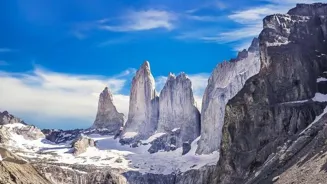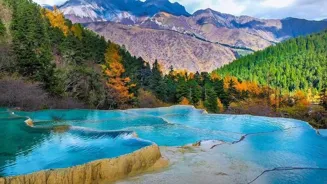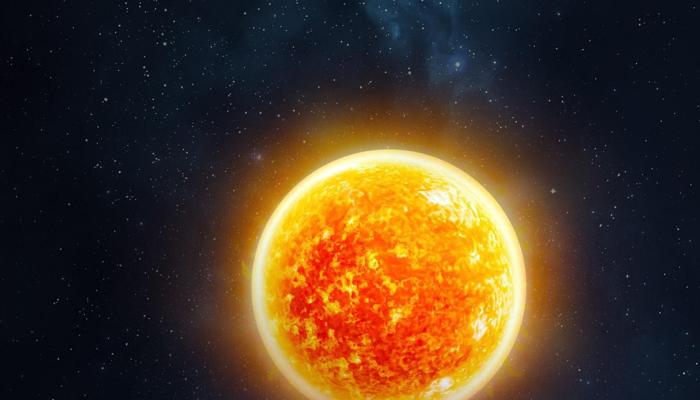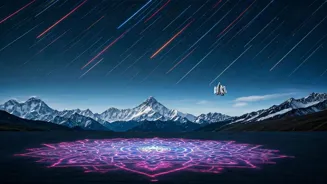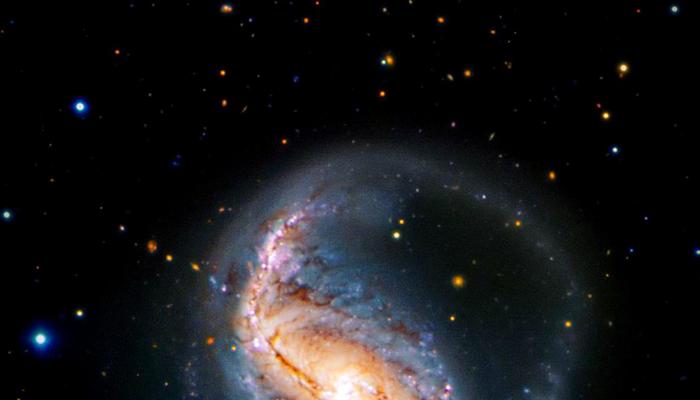Uncover 10 mind-blowing Earth facts! From wonky shape to hidden sea mysteries, explore our planet's wonders. Read on to be amazed!
Namaste, earthlings! Ready to have your minds blown wider than the Thar
Desert? Our planet, the beloved Dharti Maa, is full of surprises. We think we know it all, but trust us, there's plenty more to discover.
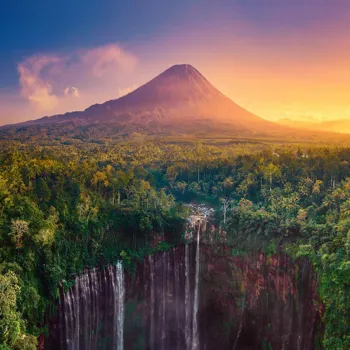
So, grab a masala chai, settle in, and let's dive into 10 amazing facts about Earth that will surely make you go "Wah!"
A Day Isn't Exactly 24 Hours (Almost!)
We all count the day as 24-hours isn't it? Schools, offices, even our sleep schedule is based on it. But here's the thing: Earth's rotation isn't precisely 24 hours. A complete spin, technically called a sidereal day, takes about 23 hours, 56 minutes, and 4 seconds.
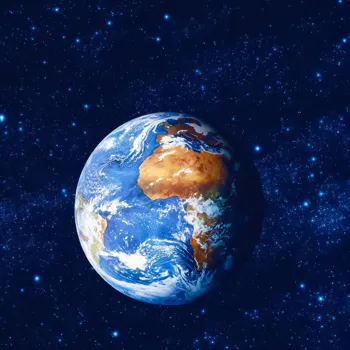
This difference may seem small, but over time, it adds up. This constant adjustment is done to keep all our clocks in sync. This sidereal day represents the time it takes for the Earth to rotate once with respect to distant stars.
Earth's Shape: Not Quite a Perfect Sphere (It's a Potato!)
Forget what you learned in school about Earth being a sphere. It's not! It's actually closer to a lumpy potato, a geoid. This irregular shape is due to the uneven distribution of mass inside the Earth.
Mountains, valleys, deep ocean trenches, and variations in gravity all contribute to its unique, wonky form. If Earth were shrunk down to the size of a billiard ball, it would be smoother than one! Can you imagine a cricket ball being called a geoid?
Water Covers More Than You Think (Ocean's Abode)
You’ve heard this before but allow us to refresh -- 71% of the Earth's surface is covered by water. That's a whole lot of H2O! The Pacific Ocean alone covers nearly half of the planet. But here's the kicker: we've only explored a tiny fraction of these vast underwater realms.
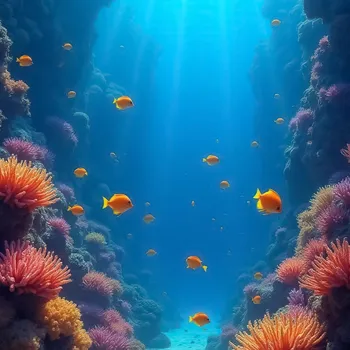
Imagine all the undiscovered creatures and geological wonders lurking in the deep. It’s another world hiding beneath the waves, full of mysteries and maybe even sea monsters (just kidding... maybe).
The Hottest Place Isn't What You Think (Not Always Deserts!)
You might assume the hottest place on Earth is a scorching desert, like the Sahara. While deserts get awfully hot, the record for the highest ground temperature belongs to Death Valley in California, USA. The peak temperature recorded here was a staggering 56.7°C (134°F).
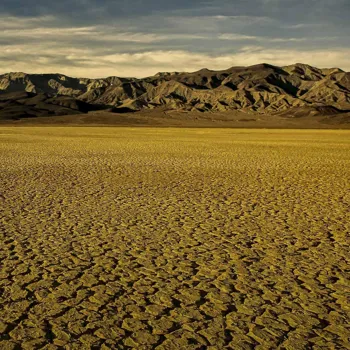
But even more surprising, the hottest surface temperature ever recorded was actually detected by satellite in the Lut Desert of Iran, reaching a scorching 70.7°C (159.3°F)! Phew, garmi!
A Mountain Taller Than Everest (Measured From Center!)
Mount Everest might be the highest peak above sea level, but if you measure from the Earth's center, Mount Chimborazo in Ecuador takes the crown. Chimborazo is located near the equator, where the Earth bulges outwards.
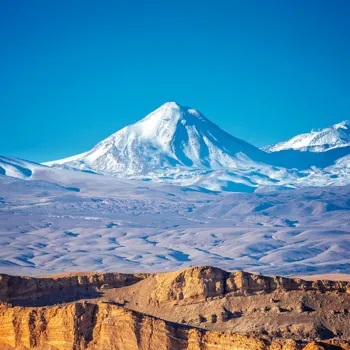
This bulge means that Chimborazo's summit is farther from the Earth's center than Everest's, by more than 2 kilometers. So, while Everest is taller in terms of altitude, Chimborazo is further out in space. Isn’t that mind-bending?
Earth Has a Twin (Venus!)
Venus is nearest planet to the earth based on the closest planet. It is similar in size and structure to Earth and is often nicknamed "Earth's Twin". Venus isn't as friendly as earth because extreme heat and toxic atmosphere.
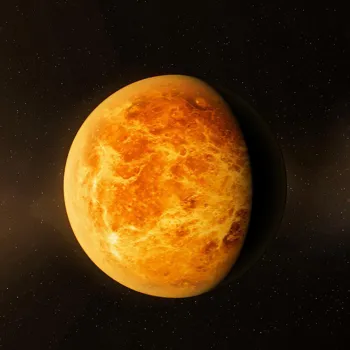
Venus has thick layer of toxic atmosphere which traps heat resulting in runaway greenhouse effect. Venus surface temperature is hot than the oven used for pizzas and is unbearable for human beings. Despite close proximity to the earth, the is not similar and conditions are extremely contrasting.
Earth's Atmosphere Extends Farther Then You Think
The Earth's Atmosphere is made up of variety of layers that protect against solar radiation and sustain life. The layer extends hundred of kilometers. Atmosphere makes life possible through breathing and protecting against ultra violet rays.

It plays an important role in weather patterns and climate conditions. Scientists are trying to preserve the atmosphere by reducing pollution and encouraging conservation of natural resources.
The Earth magnetic field provides protection
The Earth has magnetic field which is generated by the movement of molten iron. This magnetic field protect earth from harmful solar winds. It deflects the charged particles. This phenomenon is responsible for the creation of polar nights and aurora which is the beauty of the night.
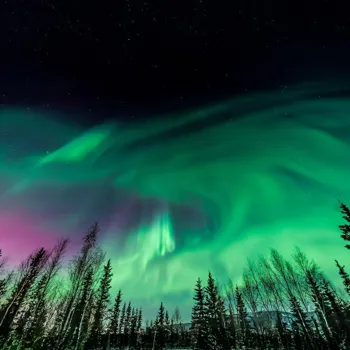
Scientists continously monitor the magnetic field to understand the dynamics and protect communication networks.
Earth recycling Program - Plate Tectonics
The Earth surface is divided into various plates that are constantly moving. These plate movements shapes the geological features. Plates movement drive earthquake, volcanic eruption and mountain formations. Recycling of materials is done through plate subduction.
It contributes to the evolution of Earth's crust. By studying plates we gain insightes into earth past and understand impact of natural hazards
Earth is the only planet that supports life
Earth is only planet in our solar system, where known life can be found. Unique combination of water, atmosphere and climate leads to life support. The planet consists of various regions consisting of rainforest, deserts and ocean which supports diversity of organisms.

The species depend on each other for survival. We humans must protect the Earth and should promote sustainable projects.
So, there you have it – 10 amazing facts about our planet that hopefully tickled your brain cells.
The Earth is a mysterious and wonderful place, and there's always something new to learn. Keep exploring, keep questioning, and keep appreciating the big, beautiful spinning potato we call home! Jai Hind!
AI Generated Content. Glance/InMobi shall have no liability for the content